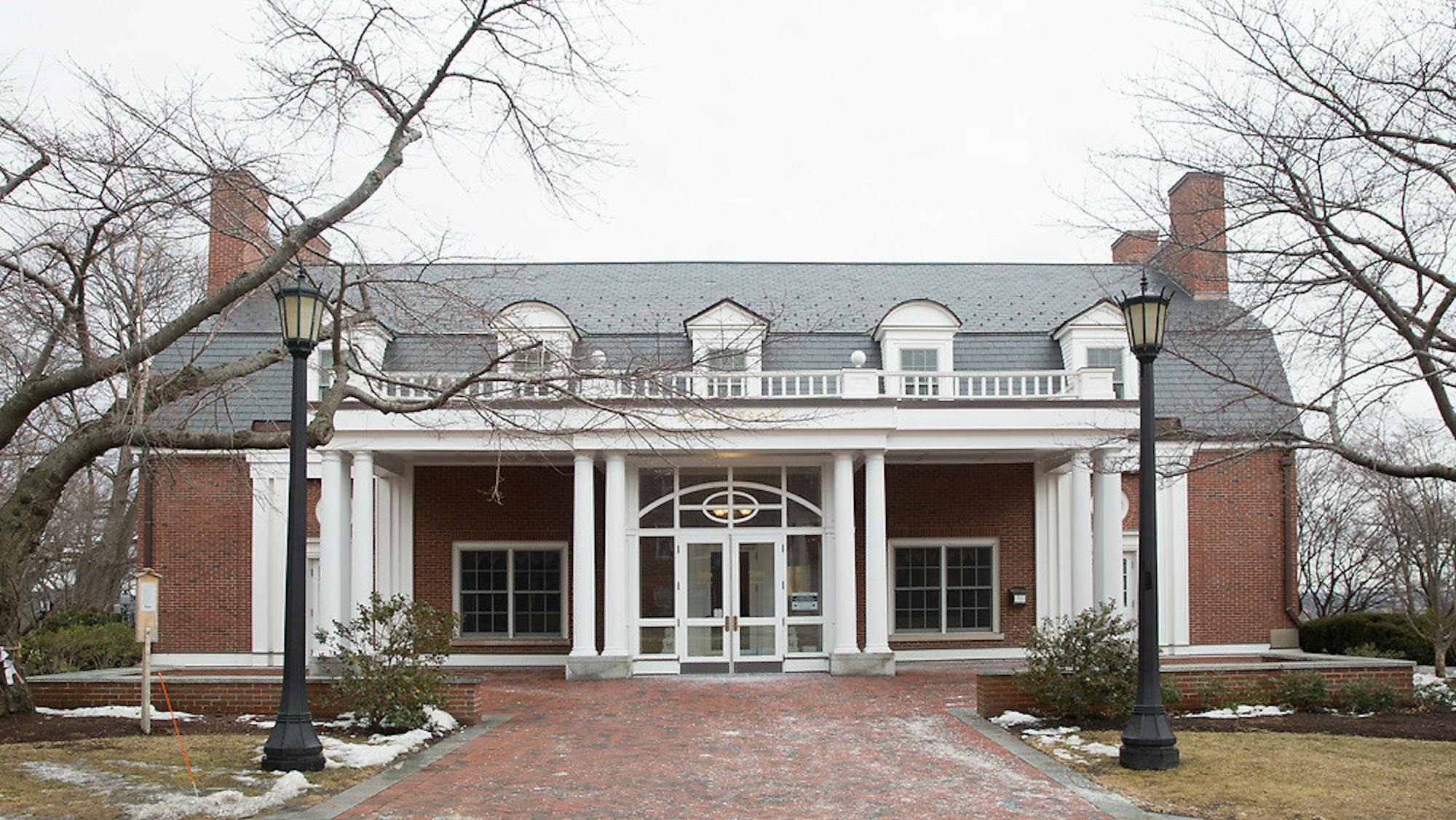The ACT recentlyreleased a report which found that scores have dropped for the fifth consecutive year. While some in higher education argue that this indicates a worrying trend about students' preparation for college-level coursework, many Tufts educators see its primary cause — universities adopting test-optional programs — as a progressive development.
In March 2020, Tufts Office of Undergraduate Admissionsannounced its test-optional policy for a three-year cycle, beginning with the students matriculating in fall 2021.
JT Duck, dean of admissions, wrote in an email to the Daily that even before the policy was developed, SAT and ACT scores were just one of many factors being considered in the application process.
"We will gather data from two more classes that apply and enroll during this pilot, and that data will inform our conversations about the future of our test-optional policy,” Duck said.
Not only has the test-optional policy provided flexibility for students amid the pandemic, but it has also incentivized a more holistic approach to applications, according to Duck.
"Our application review process has always placed significant emphasis on curricular rigor, classroom performance, what we glean from letters of recommendation, extracurriculars and community engagement," Duck said. "Since going test-optional, we have leaned into those factors even more."
Ryan Redmond, lecturer and interim director of middle and secondary teacher education at Tufts, seconded the factors Duck highlighted, arguing that standardized exams are a poor metric of a student’s overall qualifications.
“It tells us a bit of information. It tells us how someone was able to do on a standardized exam for a couple hours on one particular day. But it doesn't really tell us the story of someone's creativity and commitment to curiosity and the actual knowledge that they might carry,” Redmond said. “Any move away from [a] focus and priority on a single measure is really important.”
Redmond extrapolated these observations to other educational institutions like K-12 schools in Massachusetts. He explained that K-12 schools in Massachusetts rely heavily on the Massachusetts Comprehensive Assessment System, which uses standardized exams to analyze student achievement throughout primary and secondary schooling. However, the assessments gradually also became those of teachers and schools, which led to further controversies.
He suggested that going beyond a singular measure of success is a starting point for decreasing educational inequity. While teachers and smaller class sizes would diversify these students’ education, address student-specific needs and remove the need for this system, it will take time and funding to achieve, according to Redmond.
“It all comes down to time and resources,” Redmond said.
Resource inequality seems to be a recurring theme throughout educational institutions, whether it is the Massachusetts middle schools or the ACT. Noelle Roop, a lecturer within the Tufts Department of Education, sees standardized testing as a tool of alienation.
“We are talking about the funds to take a test prep class … Do you have the car, the means of transportation? … Maybe your family needs you to work, so you taking Saturdays to go do this test prep class isn't an option,” Roop said. “Standardized tests, as admissions criteria, reflect an opportunity gap.”
Students of color, students from lower-income communities, English language learners and disabled students are all at a disadvantage within this testing process, according to Roop, and these standardized tests assume a neutral playing field, from everything like access to test prep to English proficiency.
“Who do we want as part of our Tufts community? What do we as a community value? What prior knowledge do different communities and cultures bring that we want to celebrate and acknowledge as really important and pivotal to moving education forward," Roop said. "The way we’ve done it historically privileges very few and it just keeps privileging that same group.”
Roop suggested that prioritizing other elements of a student’s application and not requiring these standardized exams seems to be a way of diversifying the student body and making higher-level education more accessible. COVID-19 and the myriad of issues that came along with it as well as already existing systemic issues have continued to divide the population, she observed.
"So many people lost jobs; mental health is at an all-time low. People are really struggling,“ Roop said. "People who didn't have access have less access.”
Duck noted that there was a 35% increase in applicants, and this first-year class was the most ethnically and racially diverse class on record. Although there are numerous reasons for how this increase may have occurred, Duck thinks the test-optional policy contributed to the surge in applications.






